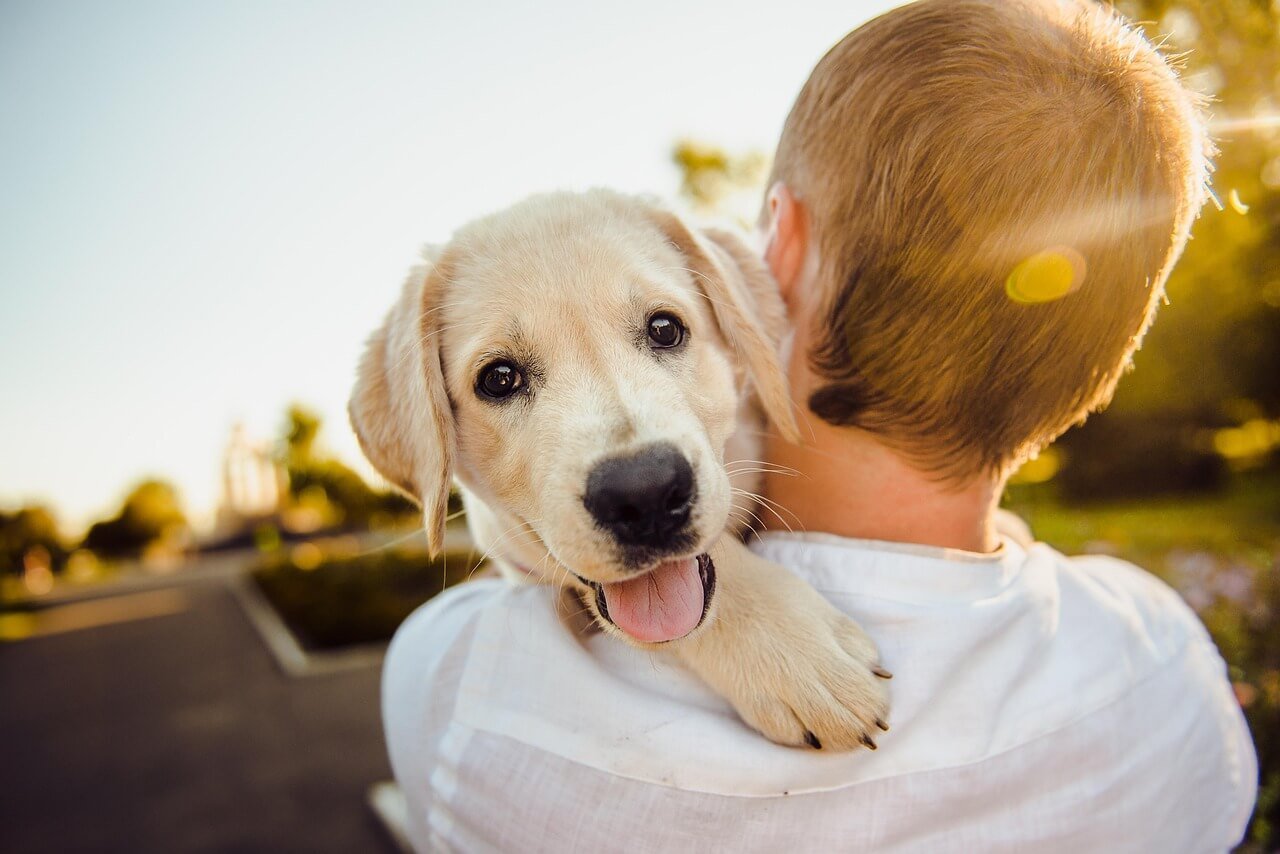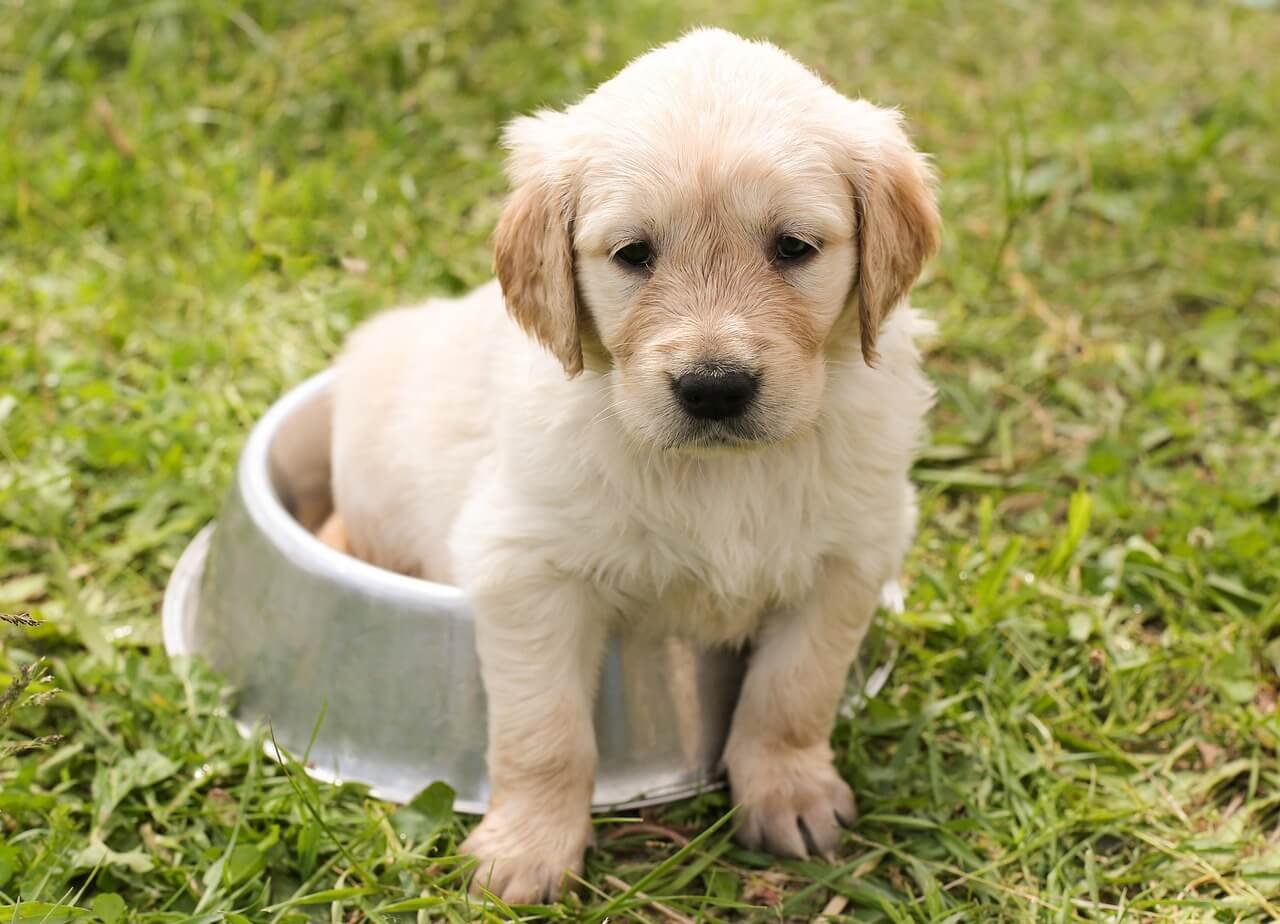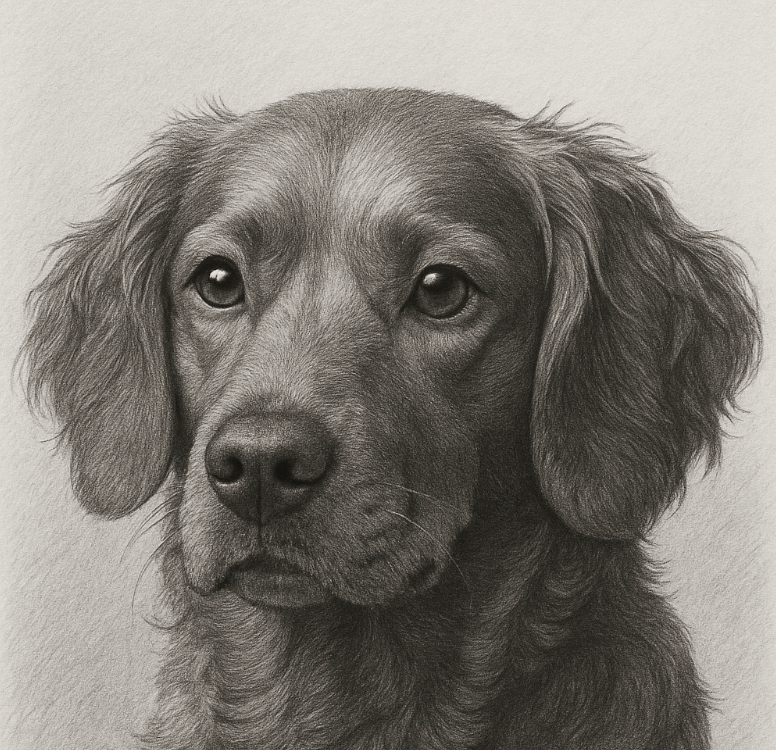What Size Dog Crate for a Lab? A Complete Guide to Choosing the Right Crate
If you’re a proud Labrador owner or considering bringing one into your home, choosing the right dog crate is an essential step in ensuring their comfort and safety. A well-sized crate not only provides a cozy den-like space for your Lab but also aids in training, travel, and overall household harmony. But what size dog crate is ideal for a Labrador? Given their robust build and energetic nature, selecting the correct dimensions is crucial. In this blog post, we’ll explore everything you need to know about finding the perfect crate for your furry friend, from sizing guidelines to tips on making it a welcoming space. Let’s dive in!
Determining the Right Size Dog Crate for a Lab
Choosing the appropriate crate size for your Labrador is vital to ensure they have enough room to stand, turn around, and lie down comfortably. Here are some key factors to consider when determining the ideal crate dimensions:
Height: Measure your Lab from the ground to the top of their head or ears (whichever is taller) and add a few inches for comfort.
Length: Measure your Lab from the tip of their nose to the base of their tail and add extra space for stretching.
Weight Range: Most adult Labs weigh between 55-80 pounds, so choose a crate designed to accommodate medium to large dogs.
Growth Considerations: If you’re crate training a puppy, opt for a larger crate with a divider to adjust as they grow.
Breed Variations: English Labs tend to be stockier, while American Labs are leaner—consider these differences when selecting a crate.
By carefully measuring your Lab and considering their growth, you can select a crate that fits their needs perfectly. Remember, the goal is to provide a secure and comfortable space where your Lab feels safe.
Types of Crates Suitable for a Labrador
There are several types of dog crates available, each with its own advantages. Depending on your lifestyle and preferences, here are some options that work well for Labs:
Wire Crates: These provide excellent ventilation and visibility, making them ideal for Labs who enjoy observing their surroundings.
Plastic Crates: Lightweight and enclosed, these are perfect for travel and create a cozy den-like atmosphere.
Soft-Sided Crates: Portable and foldable, soft-sided crates are great for short trips but may not withstand a Lab’s strength long-term.
Heavy-Duty Crates: Designed for strong or escape-prone dogs, these durable crates offer maximum security and peace of mind.
Furniture-Style Crates: Combining functionality with aesthetics, these crates blend seamlessly into your home decor while providing ample space.
Each type has its pros and cons, so consider your Lab’s personality, habits, and your household setup before making a decision. The right crate will enhance both their comfort and your convenience.
Check this guide 👉Top 5 Ultimate XL Dog Crates for Maximum Comfort & Security!
Check this guide 👉What Size Crate for a 70 lb Dog? best 7 Expert Tips!

Crate Type | Best Features for Labs |
|---|---|
Wire Crate | Excellent airflow; easy to clean |
Plastic Crate | Ideal for travel; creates a den-like feel |
Soft-Sided Crate | Lightweight and portable; best for calm Labs |
Heavy-Duty Crate | Escape-proof; perfect for strong or anxious Labs |
Furniture-Style Crate | Stylish design; doubles as home decor |
Tips for Introducing Your Lab to Their Crate
Introducing your Labrador to their new crate requires patience and positive reinforcement. A smooth transition ensures they view the crate as a safe and happy space. Here are some tips to help you get started:
Make It Comfortable: Add a soft bed, blanket, or favorite toy to create a cozy environment inside the crate.
Use Positive Associations: Reward your Lab with treats or praise whenever they enter the crate voluntarily.
Start Slowly: Begin by leaving the door open and allowing your Lab to explore the crate at their own pace.
Gradual Confined Time: Increase the amount of time your Lab spends in the crate gradually, starting with short intervals.
Avoid Using It as Punishment: Never use the crate as a form of punishment, as this can create negative associations.
By following these steps, you can help your Labrador develop a positive relationship with their crate. Over time, it will become their personal sanctuary.
Common Mistakes to Avoid When Choosing a Dog Crate for a Lab
Selecting the wrong crate or using it improperly can lead to discomfort or behavioral issues for your Labrador. To ensure success, avoid these common mistakes:
Choosing a Crate That’s Too Small: A cramped space can cause stress and physical discomfort for your Lab.
Skipping the Divider for Puppies: Without a divider, puppies may use one end as a bathroom, defeating the purpose of crate training.
Neglecting Ventilation Needs: Poor airflow in certain crate types can make your Lab feel trapped or overheated.
Using Harsh Corrections: Forcing your Lab into the crate or scolding them can create fear and resistance.
Overlooking Durability: Labs are strong and curious, so flimsy crates may not hold up against their enthusiasm.
By avoiding these pitfalls, you can set your Labrador up for a successful and stress-free crate experience. Thoughtful planning goes a long way in creating a harmonious living arrangement.
Benefits of Crate Training for a Labrador
Crate training offers numerous benefits for both you and your Labrador, from aiding in housebreaking to providing a safe space during stressful situations. Here’s why crate training is worth the effort:
Housebreaking Aid: Crates help establish a routine by encouraging your Lab to hold their bladder until they’re outside.
Safe Space: A crate provides a secure retreat where your Lab can relax and feel protected, especially during storms or loud events.
Prevents Destructive Behavior: When properly introduced, crates reduce the risk of chewing furniture or getting into unsafe areas when unsupervised.
Travel Convenience: A crate-trained Lab is easier to transport safely in cars or planes, ensuring a stress-free journey for everyone.
Emergency Preparedness: In case of emergencies like natural disasters, a crate-trained dog is more likely to remain calm and cooperative.
By embracing crate training, you not only simplify daily life but also enhance your Labrador’s sense of security and well-being. It’s a win-win for both of you!
Accessories to Enhance Your Lab’s Crate Experience
Adding accessories to your Labrador’s crate can make it even more inviting and functional. These small touches go a long way in creating a cozy den-like atmosphere. Here are some ideas:
Comfortable Bedding: Choose a durable, washable bed that cushions your Lab’s joints and provides insulation against cold surfaces.
Interactive Toys: Puzzle toys or treat-dispensing toys keep your Lab entertained during crate time without causing boredom.
Water Dispenser: Attach a spill-proof water bottle or bowl to keep your Lab hydrated, especially during longer periods in the crate.
Crate Cover: Use a breathable cover to block out distractions and create a calm, enclosed environment for your Lab.
Non-Slip Mats: Place a mat under the crate to prevent it from sliding on hard floors, ensuring stability and reducing noise.
With these thoughtful additions, your Labrador’s crate becomes more than just a confined space—it transforms into a personalized haven they’ll love spending time in.
Signs Your Lab’s Crate Is Too Small
A crate that’s too small can cause discomfort and stress for your Labrador, so it’s important to recognize the warning signs. If you notice any of these indicators, it may be time to upgrade to a larger size:
Limited Movement: Your Lab struggles to stand up, turn around, or lie down comfortably within the crate.
Frequent Whining or Barking: Excessive vocalization could signal distress due to cramped conditions.
Restlessness During Sleep: Prolonged tossing and turning might indicate insufficient space for proper rest.
Inability to Stretch: If your Lab cannot fully extend their legs while lying down, the crate is likely too small.
Avoidance Behavior: Your Lab hesitates or refuses to enter the crate, which could stem from feeling trapped.
Ensuring your Labrador has enough room in their crate is essential for their physical and emotional health. Observing these signs early allows you to make adjustments before any long-term issues arise.
Frequently Asked Questions About Dog Crates for Labs
What size dog crate does a Labrador need?
An adult Labrador typically requires a crate that is 36-42 inches long, depending on their size and build.
Can I use the same crate for a Lab puppy and adult?
Yes, if the crate comes with a divider panel to adjust the space as your puppy grows.
How do I clean my Lab’s crate?
Remove bedding and accessories, then wipe down the crate with a pet-safe cleaner or mild soap and water.
Should I leave my Lab in the crate all day?
No, Labs should not be left in a crate for extended periods. Adult Labs can stay crated for 4-6 hours at most.
What if my Lab chews through the crate?
Opt for a heavy-duty metal crate or reinforce the current one to prevent damage and ensure safety.
In Conclusion: Finding the Perfect Dog Crate for Your Labrador
Choosing the right size dog crate for your Labrador is more than just a practical decision—it’s about creating a safe, comfortable, and inviting space where your furry companion can thrive. By understanding your Lab’s needs, considering their personality, and avoiding common mistakes, you can select a crate that enhances their well-being and strengthens your bond. Whether you’re crate training a puppy or providing a cozy retreat for an adult Lab, the right crate will serve as a valuable tool in your journey together. So take the time to find the perfect fit, and watch as your Labrador embraces their new den with joy and confidence.
How Much to Feed a Labrador: Best 7 Expert Tips! Discover the ideal portion sizes, feeding schedules, and nutrition advice to keep your Labrador healthy and happy. Perfect for dog owners!
Dalmatian vs Labrador: Best 7 Expert Tips! Discover key differences in temperament, exercise needs, and care to choose the perfect breed for your lifestyle. Ideal for dog lovers!
Labrador Hunting: Best 7 Expert Tips! Discover essential advice for training, gear, and health to maximize your Labrador's potential in the field. Perfect for hunters!
The Labrador Cocker Spaniel Mix: Best 7 Expert Tips! Discover essential advice on training, care, and living with this friendly hybrid. Perfect for families and active lifestyles!





